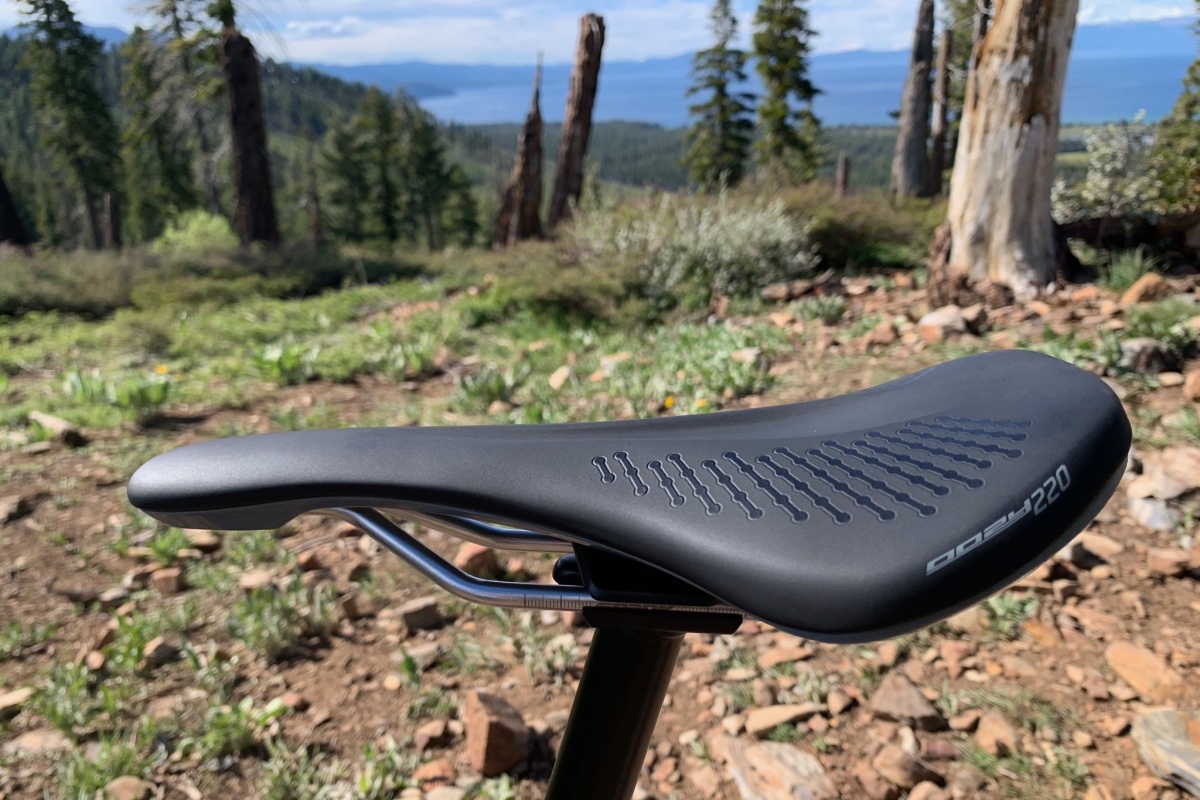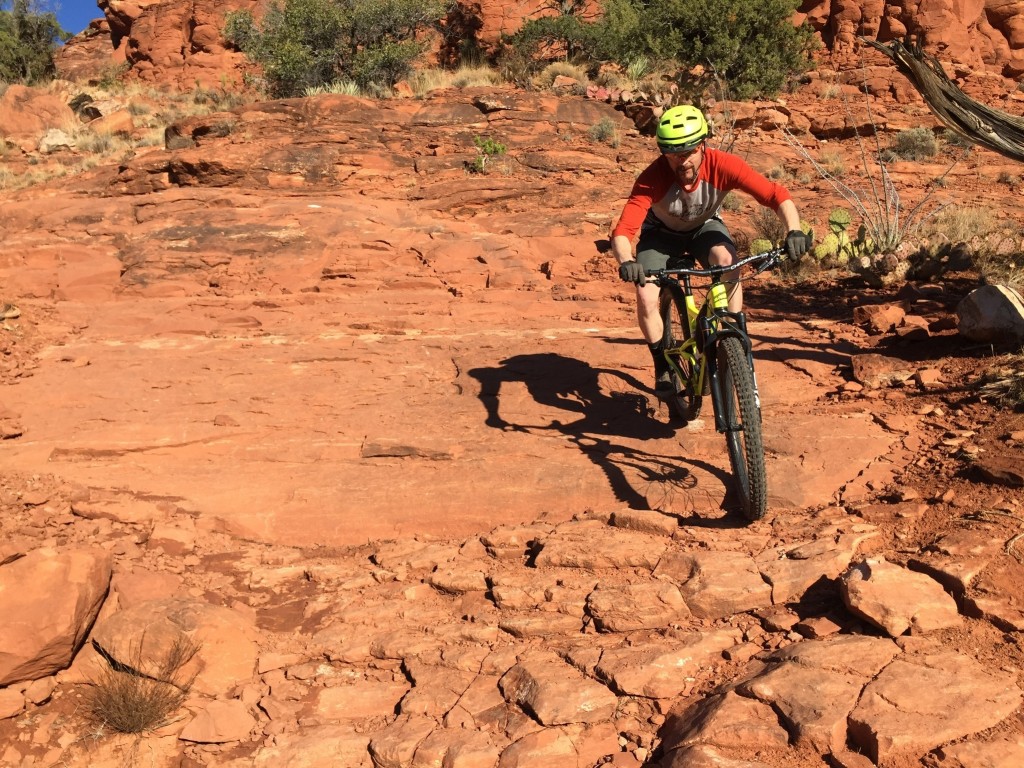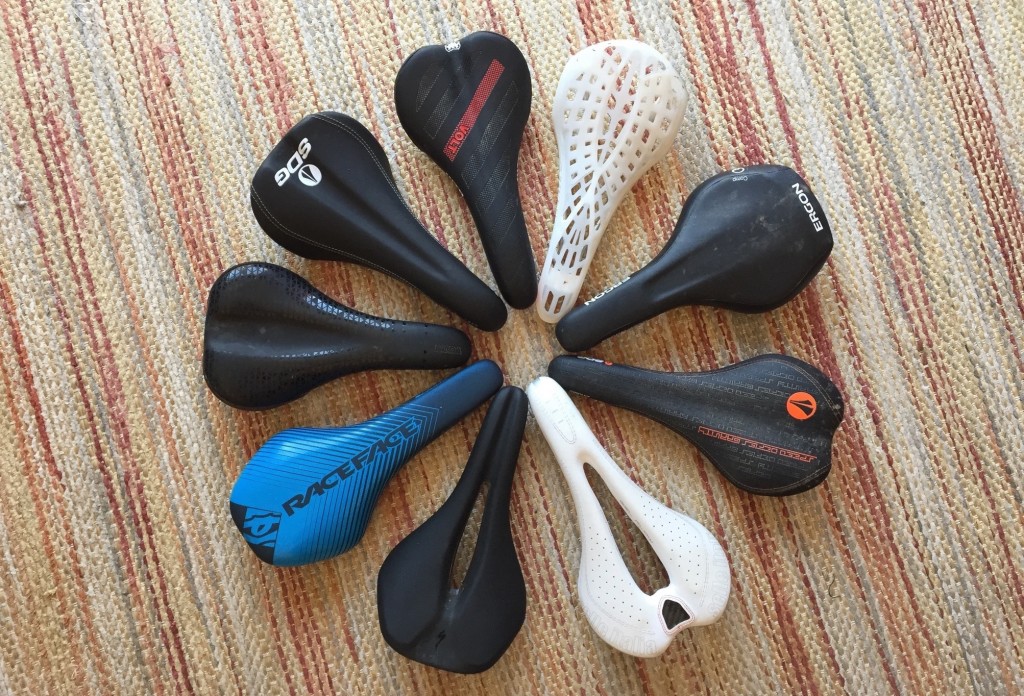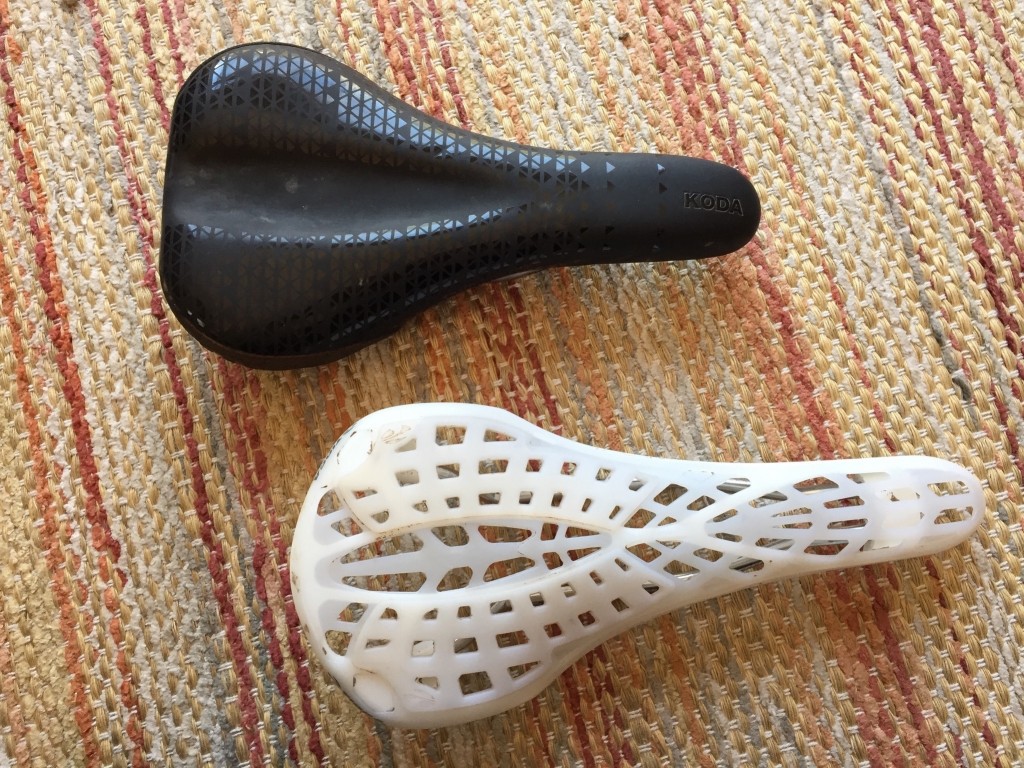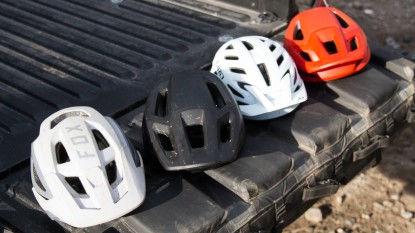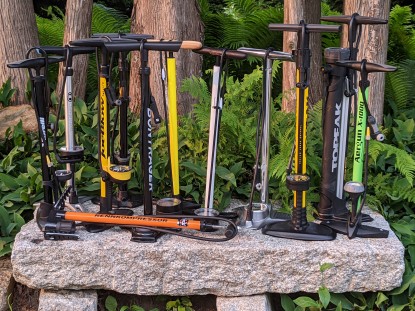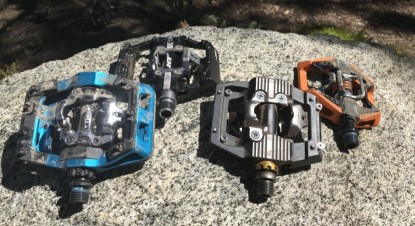The saddle is one of only three points on your bicycle that makes intentional and regular contact with your body. Due to the part of the body that rests on the saddle while riding it is arguably the most critical contact point from a comfort standpoint. Finding a properly fitting, comfortable, and high-performance saddle can significantly enhance your riding experience. With so many models on the market to choose from, it can be a challenge to find one that is right for you. Here we'll attempt to make some sense of the often confusing world of mountain bike saddles and break down some of the things that differentiate between the myriad options out there.
Fit
Arguably the most important but often overlooked aspect of finding the right saddle for you is the fit. Everyone's body is shaped differently, and that includes where your weight rests when you are seated on a mountain bike saddle. The sit bones are where the majority of your weight should rest when seated, and the width of an individual's sit bones varies from person to person. Many people don't realize that mountain bike saddles are available in a range of widths, but they are. Some mountain bike saddles are only offered in one size, but many are offered in several widths to accommodate a range of sizing needs and preferences.
When you have a correctly fitting saddle, your weight should rest on your sit bones with no discomfort or effect on the pedal stroke. If you have a saddle that is too narrow, you may find yourself bearing the brunt of your weight uncomfortably on your perineum on the center portion of the saddle. Conversely, if you have a saddle that is too wide, it may affect your pedal stroke and be uncomfortable on your hip joints.
To determine the width of saddle you need, many bike shops have measurement devices that you sit on to make impressions with your sit bones. The dimpled impressions your sit bones leave are then measured from center to center to determine the width of saddle that is appropriate for you. There are ways to do this at home as well. All you need is a material you can sit on that will make and hold an impression. SQlab also has a fit kit that they will send you in the mail to measure your sit bones at home.
Shape
By necessity, mountain bike saddles are all roughly the same basic shape, with a skinny nose that widens towards the tail. There are many subtle variations in shape, however, that intend to provide differences in comfort or performance. As mentioned above, saddles come in a variety of widths to accommodate a range of sit bone differences. Saddles are also available in a range of lengths. The length of a saddle is far less important than its width, but some riders have preferences and may find advantages in different lengths. In general, a shorter length saddle can be easier to move your body around when riding, while a longer saddle can give you more of a platform to move your weight forward for especially steep climbing.
Beyond the length and width, saddles are shaped differently from nose to tail. Some saddles are flat as a pancake, while others have a slight scoop or cradled shape to them. What works best for you is dependent on your preference, but typically saddles that have a cradled shape and rise slightly towards the tail tend to provide more support and hold the rider in the sweet spot, while flatter designs can allow for somewhat greater freedom of movement.
Saddles also differ in their shape from side to side. Some have a more rounded profile, while others are flatter before dropping down to the sides. The side to side profiles of saddles may dictate how comfortable a saddle is for you, as some styles may put more or less pressure on some of your perineal area. Again, we can't stress this enough; getting the appropriate width makes all the difference in the world.
The shape of the tail is also worthy of mention, as modern mountain bike saddle designs often have tapered tails to enhance the rider's ability to move behind and back onto the saddle and prevent baggy shorts from snagging on them. The shape of the tail varies from model to model, but we find that tapered tail shapes are generally the least prone to hanging up on baggy shorts.
Comfort Features
Mountain bike saddles come with a range of comfort features, and one of the most important is the padding. Padding is placed strategically throughout the saddle to provide support and comfort for the user. Preference will likely dictate what works best for you, but most saddles use a thin layer of medium density foam padding from tip to tail. Softer padding is generally somewhat more compliant and comfortable, although it may slightly decrease pedaling efficiency. Denser padding may be slightly less comfortable unless it is employed very well, but is generally considered to provide a more stable and efficient pedaling platform. The best saddles blend well-placed padding, shell stiffness, and saddle shape for ultimate comfort and performance.
The shell is a hard layer on the underside of a saddle that creates its supportive structure. This structure varies in design and stiffness from model to model but plays a significant role in the comfort of a saddle. Some shells are uncompromisingly stiff, while others are designed to have a little give to enhance comfort. What works best for you is dependent on your preferences, but generally speaking more rigid shells provide a stable pedaling platform, and softer shells more comfort.
Modern mountain bike saddles also often have features designed to reduce pressure on your perineum. Different manufacturers achieve this in different ways, but anatomical cutouts, channels, and grooves in the middle of the saddle all aim to perform that task. Some saddles have full cutouts that go through the entire saddle and the shell; some have a cutout in the shell itself, while others have less pronounced shallow grooves down the center. Not all models have a feature like this, but most quality mountain bike saddles at least attempt to enhance the rider's comfort through some anatomically friendly relief.
Weight
Let's face it: there is no piece of equipment in cycling that isn't subject to weight scrutiny. Your mountain bike's weight is the sum of its parts, and the less your bike weighs, the easier it is to pedal for extended periods. Mountain bike saddles come in a range of weights and are often a good place to shave a few grams off your bike's overall weight. The price of a saddle is often directly related to the weight, as lighter materials like titanium and carbon fiber are more expensive. Many saddles are offered in several versions that typically have the same shape and comfort, but in slightly different constructions and at different price points. A good example of this is the WTB Volt saddle which is offered in several versions, Carbon, Team, Pro, Race, and Comp, with weights that range from 148g to around 300g.
Durability
Several factors play into the durability of a mountain bike saddle. One of the most important is crashing. If and when you crash, the saddle may be prone to impact and damage, especially around the edges of the tail. Many companies have taken note of this damage prone area and taken steps to reduce the likelihood of tearing the seat cover material by incorporating abrasion and tear resistant panels in strategic areas. The photos below show two different variations of saddles with protective materials on the edges.
The seat rails are another durability concern with mountain bike saddles. A general rule of thumb is that the lighter the seat rails, the higher the likelihood of damaging them. For example, steel rails are heavier but very durable, while carbon seat rails are much lighter, but potentially more brittle and prone to damage in the event of a crash.
Different Versions
Many, but not all, mountain bike saddles are offered in several versions with slightly different constructions, weights, and price points. Often, you can get the same shape saddle, with roughly the same comfort and performance, at a range of weights and prices. The primary differences are usually the seat rail material, with lighter weight and fancier versions costing more money. In the bike world, there is an inverse ratio of weight to price, and typically the lighter something is, the more it costs. Carbon fiber seat rails weigh less, but cost much more, whereas steel rails weigh more and cost significantly less.
Dropper Seat Posts
The dropper seat post is a relatively common performance accessory on most modern mountain bikes. A dropper seat post allows the rider to lower their saddle at the push of a button for descents and raise it back up afterward. This technology helps the rider get the saddle down and out of their way so they can more easily move about the bike while cornering and descending. A saddle's width and shape have become slightly less important from a performance standpoint as a result since you can always lower it down out of your way as needed.
Conclusion
There's a lot to consider when buying a new mountain bike saddle; the most important thing is getting one that fits you properly and is comfortable. We hope the information presented here helps you in your quest to find the perfect mountain bike saddle. If you're still unsure, brick and mortar bike shops with qualified bicycle fit specialists are a great place to get help sizing and selecting a saddle that works for you.

